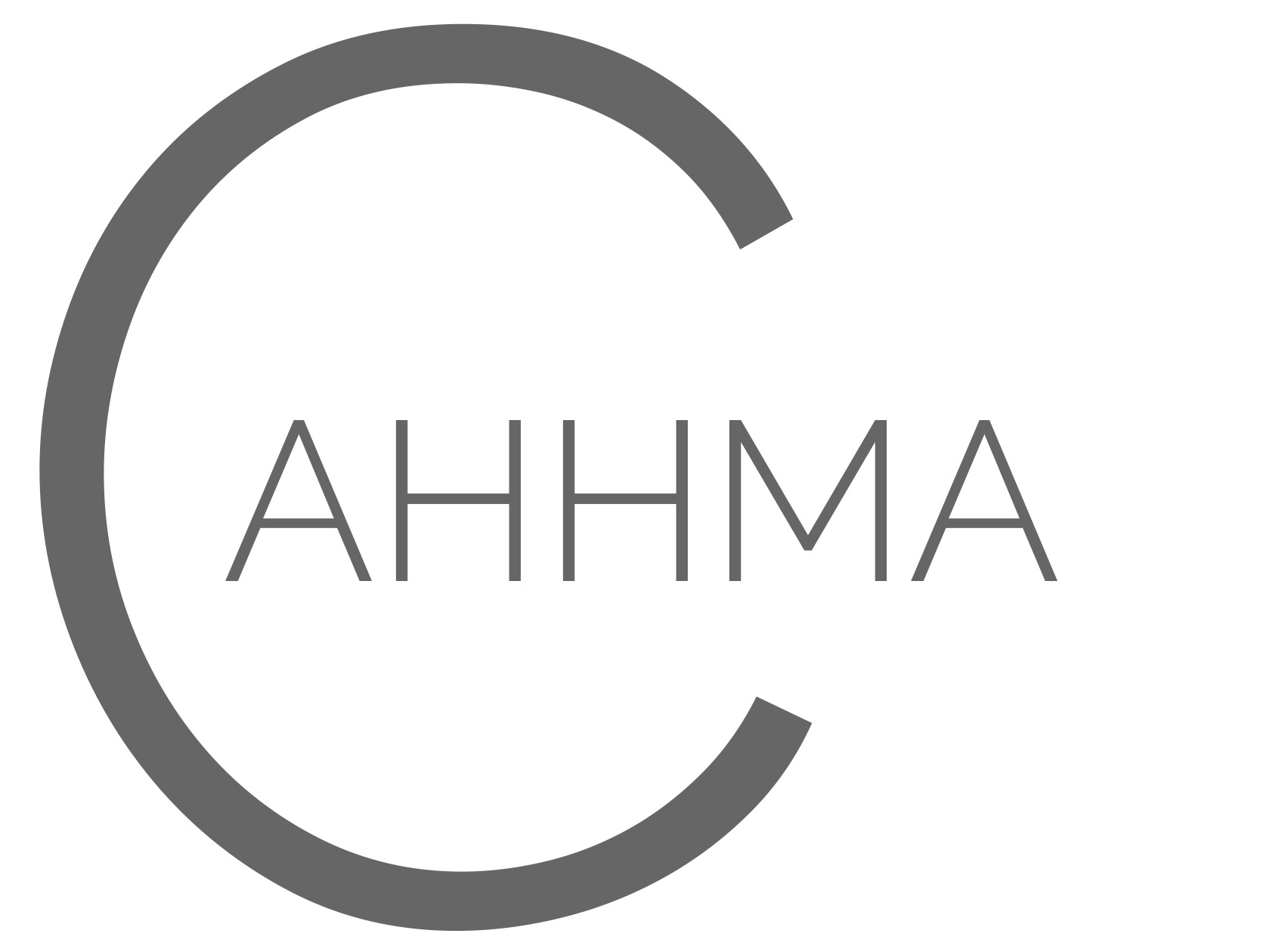Muskoka hospital de-amalgamation raised at Huntsville info session
MUSKOKA — It was a question on at least a few minds when it came to Muskoka’s hospitals.
“So why wouldn’t you de-amalgamate?” asked Huntsville Coun. Bob Stone.
He was one of roughly half a dozen community members who attended a budget information session hosted by Muskoka Algonquin Healthcare (MAHC) at Huntsville District Memorial Hospital on July 16.
A second session was scheduled at South Muskoka Memorial Hospital on July 17.
The room had just heard that the province’s complex hospital funding formula put medium-sized hospitals at a disadvantage when pitted against large urban hospitals for health-care dollars, based on patient volumes and services offered, while small hospitals, unlike medium-sized hospitals, had received annual permanent funding boosts.
Terry Shields, chief financial officer for MAHC, responded, however, that amalgamation had cut administrative costs by reducing senior staff requirements and eliminating duplicate reporting responsibilities, while putting the combined hospital in a better provincial revenue situation than it would have been as two small hospitals.
“The hospital has actually received more funding than what we would have received from being a small hospital,” he said. “From a financial standpoint, we’re in a better situation than we would have been separately.”
Shields earlier in the evening had explained the province had reformed hospital funding into three parts: a health based allocation model focused on patient demographics and the type of care provided; quality based procedures that dictated the maximum cost for a list of specialized procedures offered and; base funding for general hospital operating costs.
While MAHC had successfully advocated for base funding to cover 61 per cent of its 2018-19 budget, the health based allocation model equated to 31 per cent of the budget, while quality based procedures reached eight per cent.
MAHC offered eight services considered quality based procedures, including cataract surgery.
Attendees were told that, if the region’s two hospitals de-amalgamated into two small hospitals, neither would have the patient volumes to benefit from quality based procedures. And if, hypothetically, the two separate hospitals partnered to shift quality based procedures to one hospital, the other would suffer financially for it.
But staff noted that remaining as an amalgamated medium-sized hospital still had its challenges.
Shields noted the provincial hospital funding formula favoured large urban hospitals and hampered medium-sized hospitals, which had lower patient volumes, higher costs for some procedures compared to busy urban hospitals, and embedded funding shortfalls caused by the provincial formula.
“We’re absorbing more and more costs because we’re not at the top,” he said.
Natalie Bubela, chief executive officer for MAHC, noted provincial hospital funding reforms were largely aimed at forcing financial efficiency in hospitals across the province by standardizing costs and expectations.
As a result, she said, the organization re-evaluated supplies and equipment acquisition, renegotiated contracts, collaborated with physicians and staff for cost-saving ideas, and reviewed care processes.
“That, in my opinion as a nurse and not as CEO, is actually promoting quality care outcomes,” said Bubela. “But, having said that, each time we squeeze lower and lower, it’s much more difficult for a hospital our size to be competitive.”
MAHC projected $82 million in operating expenses and $79.5 million in operating revenue for 2018-19, leading to a projected $2.5 million operating deficit, despite $2.45 million in additional provincial funding already promised by the province to the organization.
And Phil Matthews, board chair, noted the organization also faced an accumulated deficit of about $12.2 million and a working capital deficit of roughly $9 million.
Other challenges included: overcapacity of acute care beds; high numbers of alternate level of care patients stuck in hospital; and, a long list of equipment needs and building repairs.
Equipment and technology needs had reached $9 million, while infrastructure needs had reached $30 million. And both relied on donations to the Huntsville and Bracebridge hospital foundations and auxiliaries.
Infrastructure projects planned for the hospitals this year included:
- Flooring;
- Roof work;
- Electrical;
- Emergency lighting;
- HVAC systems and controls;
- Solarium siding replacement.
And immediate equipment needs included:
- Beds and stretchers;
- Beside terminals;
- Defibrillators;
- Treadmill;
- Anesthesiology machine;
- Hematology analyzer.
Senior staff emphasized the 2018-19 budget maintained existing programs and services, and that advocacy efforts for funding would continue with the North Simcoe Muskoka Local Health Integration Network, Ministry of Health and long-Term Care and Ontario Hospital Association.
Alison Brownlee is a reporter with Muskokaregion.com She can be reached at abrownlee@metrolandnorthmedia.com
Written for Huntsville Forester
